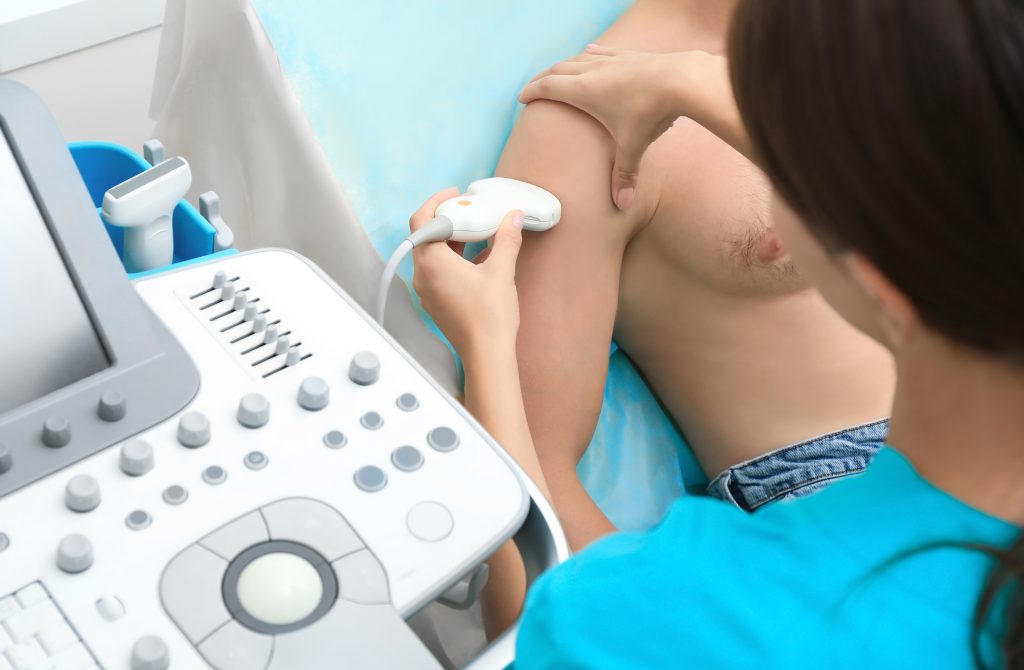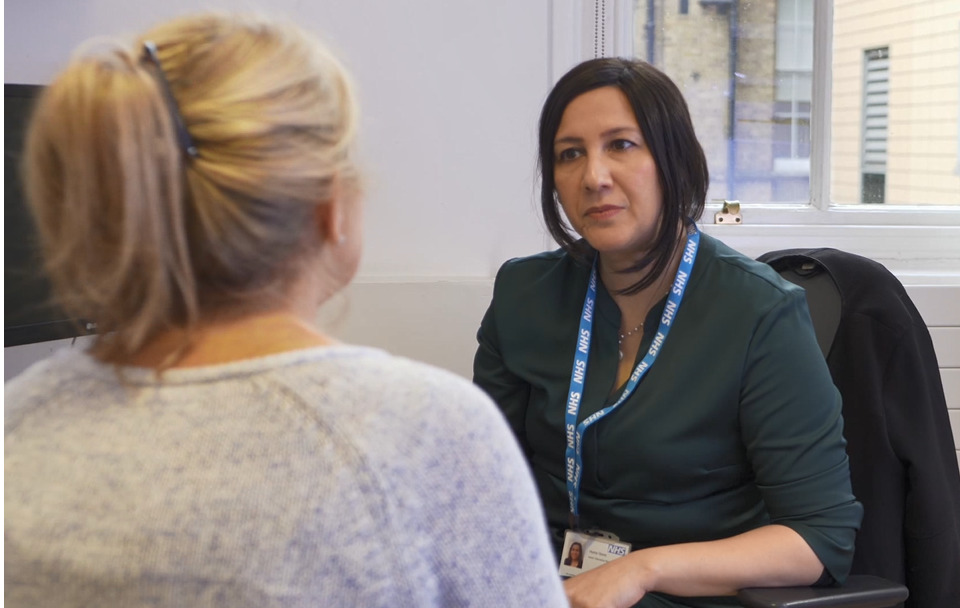Ultrasound
Treatment that delivers better results

What is an ultrasound scan?
An ultrasound scan is a common procedure that uses high frequency sound waves to create images of the organs, blood vessels and soft tissues inside the body. It can provide accurate information about the size, shape and structure of these different parts.
A small device called an ultrasound probe is used, which produces high-frequency sound waves.
You can’t hear these sound waves, but when they reflect off different parts of the body, they create “echoes”. These echoes are then received by the probe and turned into a moving image.
This image is displayed on a monitor while the scan is being performed.
Preparing for an ultrasound scan
Before having some types of ultrasound scan, you may be asked to follow certain instructions to help improve the quality of the examination.
For example, you may be advised to:
- drink water and not go to the toilet until after the scan – this may be needed for an examination of your pelvic area
- avoid eating or drinking for several hours before the scan – this may be needed before a scan of your abdomen, including the liver and gallbladder
Any preparation required will be detailed in your appointment letter.
Depending on the area of your body being examined, you may be asked to move or remove some clothing and wear a gown.


What happens on the day?
You will be called into the scan room and your identity will be checked. You will be asked to move or remove some clothing and then to lie down on an examination couch. The lights will be dimmed to allow the sonographer a clearer view of the screen.
Gel will be spread over the area of your body being examined and the sonographer will place a hand-held probe onto your skin. By moving the probe, the sonographer can obtain the necessary views of your organs. You may be asked to hold your breath or change position at times, to enable some areas to be seen more clearly. Selected images are saved as a record of the examination.
The whole examination will usually take between 10-15 minutes.
Patient information booklet
For further information please download our booklet using the button below.
Navigate to
How to access our services
NHS Referrals
Healthshare Diagnostics does not accept self-referrals from NHS patients, you must be referred by your GP or a medical professional.
Details for your GP can be found here.
Private Patients
If you are a private patient you can refer yourself by calling 0330 127 3229

